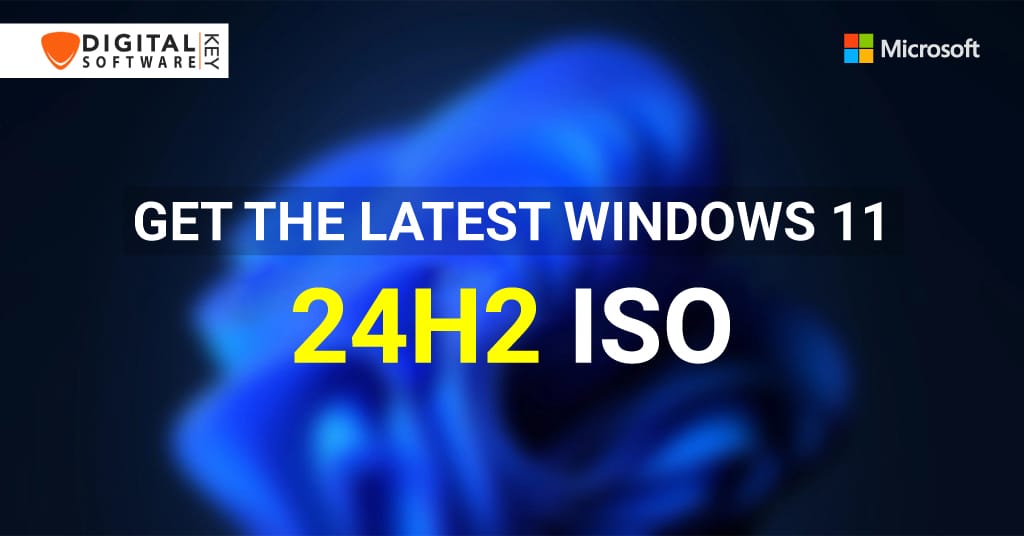Changes in each new version of Windows. In the ever-evolving world of technology, operating systems are the backbone of our digital experiences. Among them, Microsoft Windows stands out as a pioneer, continuously adapting to meet the needs of its vast user base. With each new version, Windows introduces a plethora of changes, some subtle and others groundbreaking. But what drives these frequent updates? In this blog post, we’ll delve into the causes and descriptions of these changes, providing examples and insights from user experiences. By the end, you’ll have a clearer understanding of why these updates are essential and how they enhance your computing experience.
The Driving Forces Behind Windows Updates
- Security Enhancements
One of the primary reasons for frequent updates in Windows is security. As cyber threats become more sophisticated, Microsoft must stay ahead of potential vulnerabilities. Each new version of Windows includes patches and updates to protect users from malware, ransomware, and other cyber threats. For instance, Windows 10 introduced Windows Defender, a robust antivirus program that has been continuously improved in subsequent updates1.
- User Feedback and Experience
Microsoft places significant emphasis on user feedback. Through the Windows Insider Program, users can test new features and provide feedback before they are rolled out to the general public. This feedback loop ensures that the final product meets user expectations and addresses any issues that may have been overlooked. For example, the introduction of the Start Menu in Windows 10 was a direct response to user dissatisfaction with its absence in Windows 82.
- Technological Advancements
As technology advances, so must the operating systems that support it. New hardware capabilities, such as touchscreens and high-resolution displays, require corresponding software updates. Windows 11, for example, was designed with a focus on touch-friendly interfaces and support for high-definition displays, catering to the latest hardware trends3.
- Performance Improvements
Performance is a critical factor for any operating system. Microsoft continually optimizes Windows to ensure it runs smoothly on a wide range of devices. Updates often include performance enhancements that make the system faster and more efficient. For instance, Windows 10’s updates have consistently improved boot times and overall system responsiveness.
- Feature Additions and Enhancements new version of Windows
To stay competitive and meet the evolving needs of users, Microsoft regularly introduces new features and enhancements. Windows 11 brought a redesigned taskbar, improved virtual desktops, and enhanced gaming features, among other updates. These additions not only improve functionality but also enhance the overall user experience.
Examples of Notable Changes in Recent Windows Versions
- Windows 10 to Windows 11 Transition
The transition from Windows 10 to Windows 11 marked a significant shift in design and functionality. Windows 11 introduced a centered Start Menu, new window management features like Snap Layouts, and a more streamlined interface. These changes were aimed at improving productivity and providing a more modern look and feel.
- Security Features in Windows 10
Windows 10 saw the introduction of several security features, including Windows Hello, which allows users to log in using facial recognition or fingerprints. This feature not only enhanced security but also provided a more convenient way for users to access their devices.
- Performance Enhancements in Windows 10 Updates
Over the years, Windows 10 updates have brought numerous performance improvements. For example, the May 2020 Update included a new feature called “Windows Subsystem for Linux 2” (WSL 2), which significantly improved performance for developers using Linux on Windows.
User Experiences with Windows Updates and new version of Windows
Many users have shared their experiences with Windows updates, highlighting both positive and negative aspects. For instance, some users appreciate the regular security updates that keep their systems safe from threats. Others have expressed frustration with updates that cause compatibility issues with existing software or hardware.
One user, John, shared his experience with the Windows 10 October 2020 Update: “I was initially hesitant to install the update because of past issues, but I was pleasantly surprised. The update improved my system’s performance, and the new features were a nice addition. However, I did encounter some minor compatibility issues with my printer, which were resolved after a quick driver update.”


















































